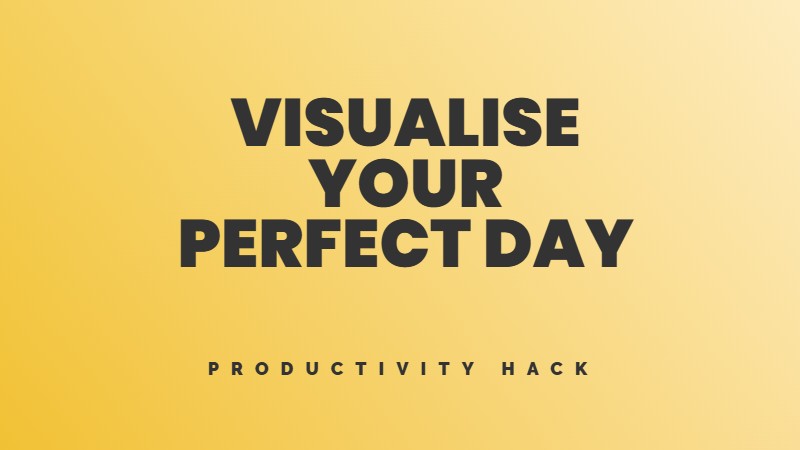In this episode of NPR’s Hidden Brain podcast, host Shankar Vedantam and behavioural scientist Alison Wood Brooks take us on a journey into the science of conversation. Precisamos conversar revela as forças ocultas que moldam nossas interações, oferecendo estratégias baseadas em evidências para conversas mais significativas.
Por meio de uma mistura de insight científico e narrativa convincente, Shankar e Alison exploram o profundo impacto de como nos comunicamos e nos convidam a abordar as conversas com mais intenção e curiosidade.
Whether you’re a social butterfly or a wallflower, this episode will leave you inspired to harness the transformative power of authentic human conversations. Join Shankar and Alison for a thought-provoking exploration that will change your thoughts about talking and listening. Tune in and discover the science behind the conversations that matter most.
Fonte: Site do Hidden Brain
Precisamos conversar
Imagine se você pudesse recriar a sensação de uma conversa realmente ótima em cada interação social. A maioria das pessoas vê essa habilidade como um carisma inato que somente alguns poucos sortudos possuem. Mas o segredo para ser um excelente conversador é um conjunto concreto de habilidades que qualquer pessoa pode dominar com a prática.
A verdade é que ninguém nasce um contador de histórias espirituoso. Até mesmo os conversadores mais cativantes tiveram de aprender técnicas para se tornarem tão magnéticos. Com algum conhecimento e prática, qualquer pessoa pode se tornar um ótimo conversador.
1. Faça mais perguntas
Alison Wood Brooks went on a blind date with a handsome, successful man who didn’t ask her anything about herself for the first 20 minutes. This showed how important genuine curiosity and asking questions are for better conversations.
2. Prepare algumas perguntas
Alison’s friend, who was facing serious illness after having a baby, showed the power of topic preparation when they finally got together. She carefully thought about what to catch up on and even gave each topic a Whitney Houston song title. This thoughtfulness made the conversation more engaging and meaningful. To use topic prep in your conversations:
3. Don’t stay too long on one topic
At a Halloween party, Alison got stuck talking only about Ohio with a man who seemed uninterested in connecting. No matter what she said, they couldn’t get past small talk, showing why it’s key to know when to change topics. To handle topic switching and depth well:
4. A pirâmide de conversação
Alison’s small talk experiences led her to make the topic pyramid to understand where a conversation is and where to take it. The pyramid has three levels (small, medium, deep talk), each with its purpose and importance. Use it to improve conversations:
5. O poder da escuta ativa
In a conversation about grief, Stephen Colbert and Anderson Cooper demonstrate active listening and engagement. They were so engaged that they could finish each other’s sentences, demonstrating a deep level of understanding and connection.
Esse tipo de sincronia de conversação é poderoso, e aqui está como você pode trazê-lo para suas próprias conversas:
6. A bajulação sincera faz com que as pessoas se sintam bem
At a party, Alison’s friend Dave greeted everyone with over-the-top flattery. While clearly insincere, it still made people feel good, especially in a social setting. To use the power of flattery:
O resultado final
It’s easy to dismiss the idea of conversation hacks as just more self-help fluff. But the strategies outlined above are grounded in real behavioral science and the lived experiences of people who have transformed their social lives by changing the way they talk – and listen.
Asking questions, preparing topics thoughtfully, moving on when things stagnate, building gradually to deeper subjects, listening with full presence, and even a well-placed compliment – these are the building blocks of the relationships that sustain us and give life meaning.
Comece aos poucos, talvez se desafiando a fazer três perguntas genuínas na próxima vez que você conversar com um colega ou conhecido. Observe como isso muda a dinâmica e abre novas possibilidades. Depois, continue construindo, tijolo por tijolo, conversa por conversa, até que a conexão por meio de palavras pareça uma segunda natureza. Seu esforço retornará a você dez vezes mais em redes expandidas, amizades mais profundas e uma experiência mais rica do seu mundo social.




Deixe comentários sobre isso